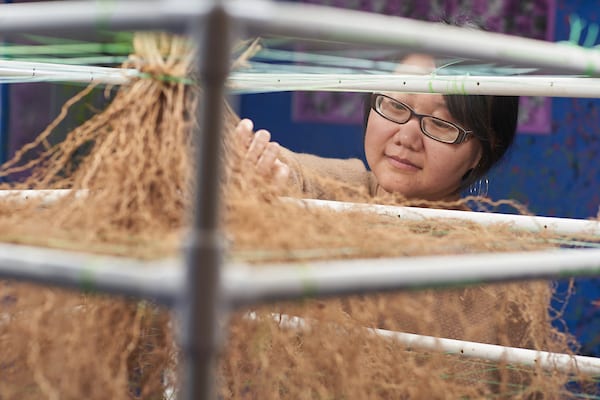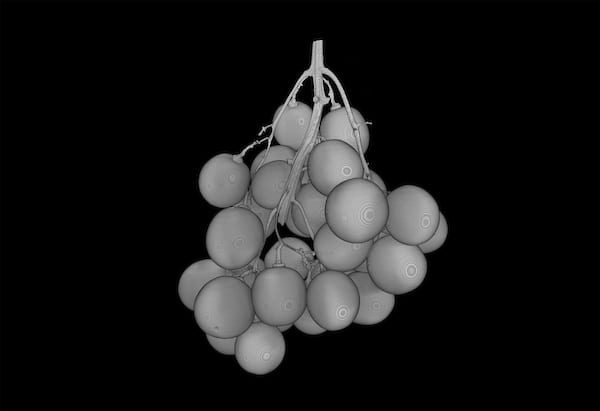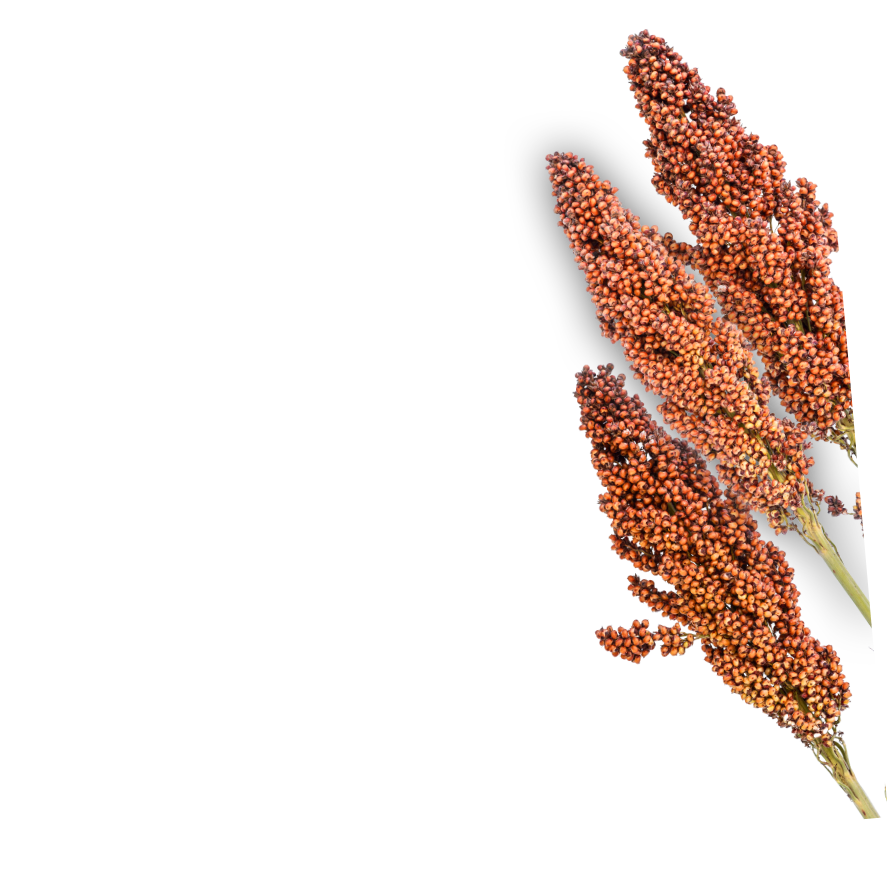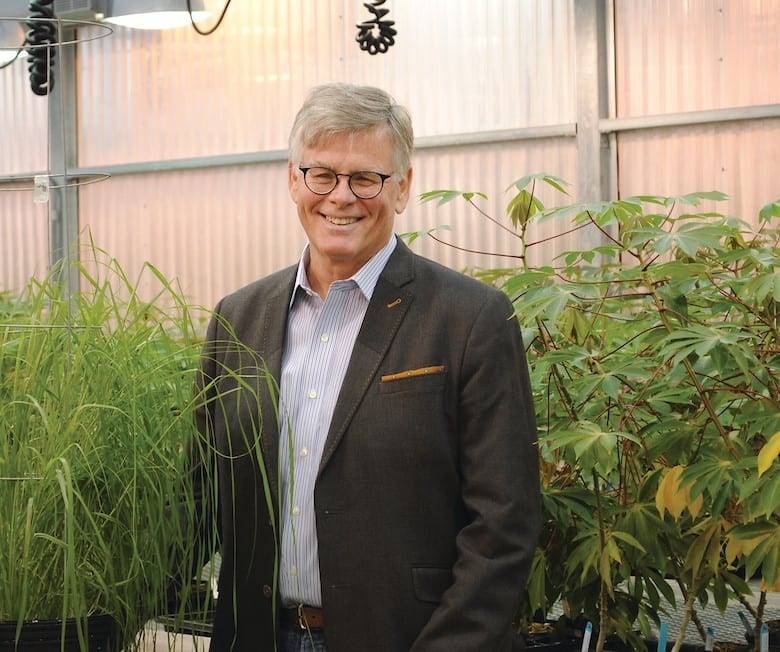A Hunger for Data
In today’s digital age, we’re generating more data than ever before.
Technology like our plant phenotyper captures thousands of images each day of the 1,000+ plants that can live in its growth chamber, while our X-ray tomography generates high-quality 3D reconstructions of the internal and external shapes of plants. Capturing images of plants over time helps our scientists understand the variables they’re measuring, whether it is how a genetic change affects plant growth and development, or how plants’ response to a specific stress like heat.
In order to efficiently and effectively analyze these mass amounts of data, our plant scientists collaborate with mathematicians (sometimes referred to as “math-magicians” by their colleagues) like Mao. “I am always hungry for more data,” says Mao with a smile.
“My contribution to our mission is unique from most other scientists at the Danforth Center,” she explains, “but it makes me excited to work in a place where collaboration is essential to success.”

Precision, Prediction, Prescription
Instead of looking at thousands and thousands of images by eye or manually measuring plant features by hand, Mao uses mathematical and computational tools to process images, extract features, and analyze the data. By applying cutting-edge mathematics to plant science data, Mao is helping our plant scientists create more efficient and precise data analysis. Together, they are building models that can help predict plant responses and fully utilize new technologies.
Innovative Approaches to Data
Mao works with two-dimensional (2D) and three-dimensional (3D) data, and was one of the first people to apply persistent homology-based mathematical approaches to plant science. These new approaches help scientists capture large amounts of information about leaf shape or inflorescence topology that previously went undetected, ultimately increasing our understanding of plant forms.
By combining plant science with mathematics, our scientists are increasing our understanding of how to improve plants to produce more food, survive in new environments, resist pests and pathogens, use water more efficiently, and more.

Infinite Possibilities
As one of the few mathematics principal investigators at the Center, Mao is excited about the opportunity to create solutions. “I love what I do because when mathematicians meet data, it means something new will be developing!” As we continue to face challenges for the environment, agriculture, and food security, mathematicians like Mao will be essential to innovating new solutions.


